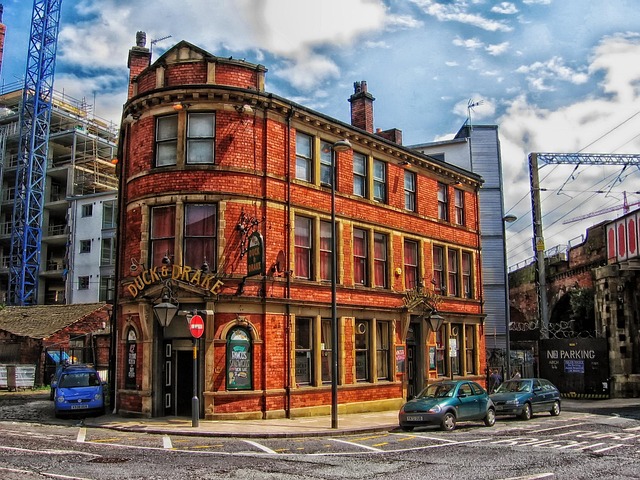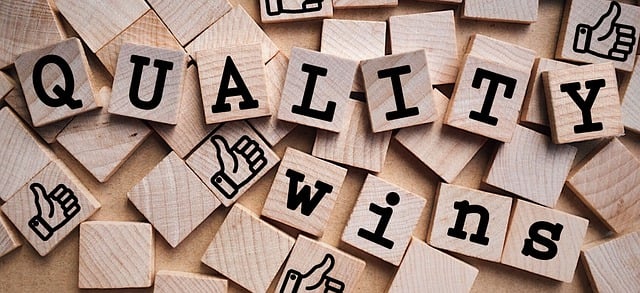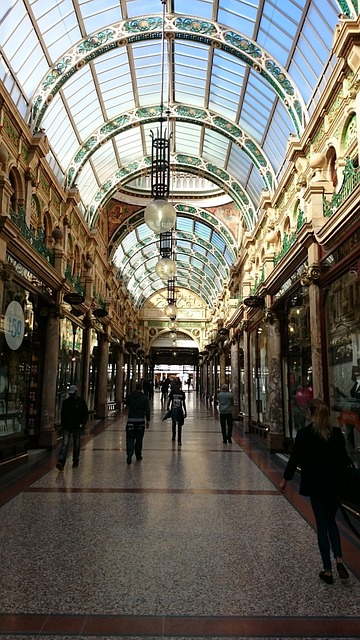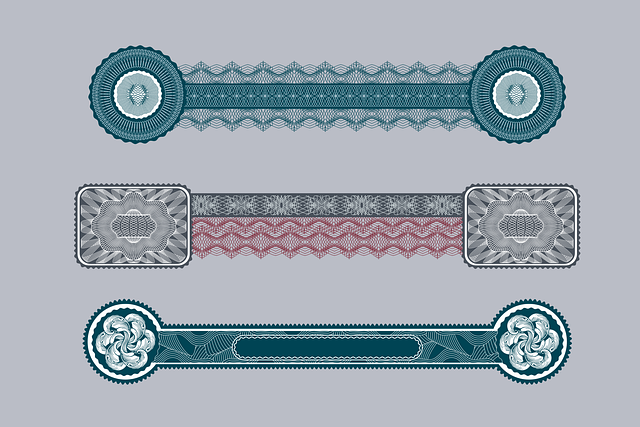In real estate, embracing green building standards is vital for both environmental sustainability and economic success. Global initiatives guide developers towards eco-friendly practices, including energy-efficient insulation, renewable energy sources, and water conservation. These methods not only reduce a project's environmental impact but also increase property values and lower operational costs. With consumers prioritizing ecological considerations, integrating green building practices gives professionals a competitive edge while contributing to a more sustainable future. Green buildings certified by standards like LEED command higher rental rates and selling prices due to their energy efficiency, reduced costs, and enhanced occupant comfort. The growing demand for eco-conscious spaces drives a surge in green building projects worldwide, reshaping the market with value-driven, environmentally friendly assets.
In today’s eco-conscious world, green buildings are transforming the real estate landscape. This article explores the industry standard for sustainable construction, delving into key components that define eco-friendly designs and their profound impact on market value in the property sector. Understanding these standards is crucial for investors and developers seeking to navigate this evolving market, ensuring not only environmental responsibility but also financial gains.
Understanding Green Building Standards in Real Estate
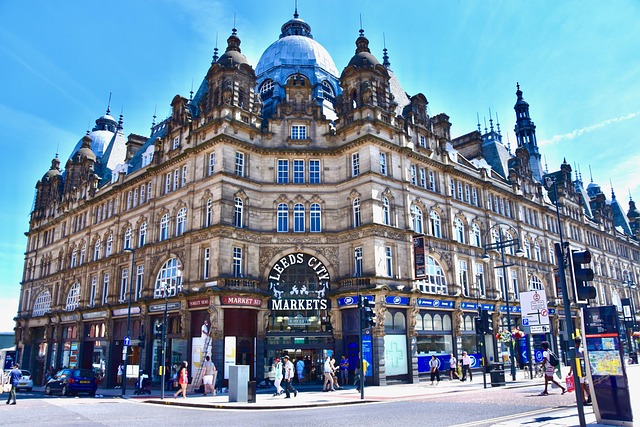
In the dynamic realm of real estate, understanding green building standards has become paramount. These standards, driven by a global push for sustainability, set benchmarks for environmentally friendly design and construction practices. They encompass a broad spectrum, from energy-efficient insulation to renewable energy sources, water conservation strategies, and the use of sustainable materials. By adhering to these guidelines, developers and architects create spaces that not only reduce environmental impact but also offer numerous long-term benefits for tenants.
For real estate professionals, staying abreast of green building standards is more than just a trend—it’s a necessity. These standards often translate into increased property values, improved tenant satisfaction, and reduced operational costs over time. With growing consumer awareness about ecological issues, properties that prioritize sustainability are increasingly in demand. Thus, embracing green building practices not only contributes to a healthier planet but also ensures a competitive edge in the market for real estate investors and developers alike.
Key Components of Industry-Leading Eco-Friendly Designs

The key components of industry-leading eco-friendly designs in real estate involve a holistic approach to sustainability, integrating efficient energy systems, green materials, and water conservation strategies. These buildings are meticulously designed to minimize their environmental footprint, ensuring optimal comfort and indoor air quality for occupants while reducing operational costs.
Innovative features such as solar panels, wind turbines, or other renewable energy sources power these structures, making them energy-independent. Efficient insulation, double-glazed windows, and smart lighting systems further enhance energy conservation. Additionally, the use of sustainable materials like recycled steel, bamboo, and locally sourced wood not only reduces carbon emissions but also contributes to a healthier indoor environment, fostering a productive space for tenants.
Benefits and Impact on Market Value in the Property Sector

Green buildings, adhering to industry standards like LEED (Leadership in Energy and Environmental Design), offer a multitude of benefits that extend far beyond environmental sustainability. In the real estate sector, these benefits translate into significant market advantages. Properties certified green command higher rental rates and selling prices due to their superior energy efficiency, reduced operational costs, and enhanced occupant comfort and health. Tenants and buyers increasingly prioritize environmentally conscious spaces, recognizing the long-term savings and positive impact on their well-being.
This trend has spurred a surge in green building projects worldwide, driving market demand for sustainable real estate. As more investors and developers embrace these standards, the property sector is witnessing a paradigm shift towards value-driven, eco-friendly assets. The economic impact is evident—green buildings often experience higher occupancy rates and longer lease terms, reflecting their attractiveness to both tenants and investors seeking long-term financial stability and environmental responsibility.

